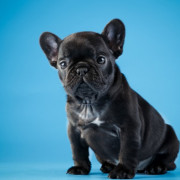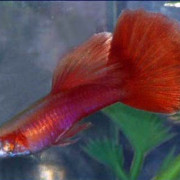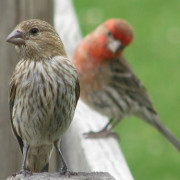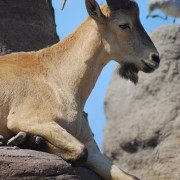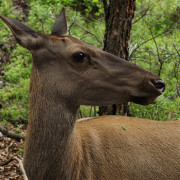Как выглядит бульмастиф описание особенностей характера питомца и отзывы владельцев
Содержание:
History
Bullmastiffs are a large working breed originating in Britain in the mid 1800s as estate guardians to ward off poachers. They were bred by gamekeepers for strength, size and speed using a cross of the tough, heavy and aggressive Bulldog of the 19th century with the large, strong, less aggressive Mastiff. As a result, the Bullmastiff is known as the Gamekeeper’s Night Dog. The preferred color, by gamekeepers, was brindle, as this color works as a more effective camouflage, especially at night.
The Bullmastiff breed was deemed pure by the English Kennel Club in 1924, with a genetic background of approximately 60% Mastiff and 40% Bulldog. In 1934, the AKC recognized the Bullmastiff. The first standard for the breed was approved in 1935. The standard has undergone several revisions since then; the most current version is available on the AKC website.
In 1928, the diamond mining company De Beers imported Bullmastiffs to South Africa to guard the mines.
The Bullmastiff breed was bred to tackle and pin a poacher that comes on their land. An issue people have with the breed is that the dog may jump onto an unfamiliar person and tackle them until told to stop. This is why Bullmastiff owners must greet newcomers to the dog at their first interaction.
Health
A UK survey based on the lifespan of 96 Bullmastiffs found a median age of 7.5 years. A Bullmastiff does not stop growing until their second birthday.
Health concerns within the breed include hip and elbow dysplasia, progressive retinal atrophy, bloat, and cancer, with a relatively high incidence of lymphoma and mast cell tumours. Bullmastiffs are prone to certain hereditary diseases, including:
- Hip dysplasia, affecting 24.5% of individuals
- Elbow dysplasia, affecting 13.8% of individuals,
- Entropion, hypothyroidism affecting 2.8% of individuals,
- Lymphoma
- Progressive retinal atrophy is a particular problem, since the trait is an one. (This has recently been called into question by another medical team and has been proven that some Bullmastiffs have autosomal recessive PRA genes. In America, this is being investigated by the American Bullmastiff Health and Research Committee, and the DNA Optigen test only works for dominant genes, so it is considered inadequate at this time.)
- Arthritis
- Gastric dilatation volvulus, also known as bloat.
Cosmetic genetic problems include longhairs and «Dudleys». Both are recessives and not common. The Dudley, named after a notable Bulldog breeder of the 19th century, the Earl of Dudley, is a lack of pigment in the mask. It can be liver colored or simply not present.
Appearance
A male, fawn Bullmastiff
A litter of Bullmastiff puppies
Puppy
Young Bullmastiff male standing in the snow
Brindle Bullmastiff
Size
Bullmastiff males should stand 25–27 inches (64–69 cm) tall (American Kennel Club (AKC) standard) at the withers and weigh 110–130 pounds (50–59 kg). Females should be 24–26 inches (61–66 cm) at the withers, and 100–120 pounds (45–54 kg). Exceeding these dimensions is discouraged by breeders.
Color
A Bullmastiff’s coat may appear in fawn, red, or brindle. These are the only acceptable colours in the AKC standard. The fawn can range from a very light brown to a reddish brown. Red can range from a light red-fawn to a dark, rich red. Brindles are a striped overlay of the fawn or red. A Bullmastiff should have no white markings, except for on the chest where a little white is allowed.
Внешний вид
Восьминедельный щенок.
Внешность бульмастифа поневоле привлекает к себе внимание. Это крупная и могучая собака; грозный вид ей придаёт высокий рост, развитая мускулатура, крупная голова с чёрной маской и широкая грудь
Несмотря на свой устрашающий вид, владельцы современных бульмастифов знают, насколько эти собаки ласковые и любящие существа. Шерсть у бульмастифов короткая, но густая и блестящая, плотно прилегающая к телу. Окрас рыжий, палевый или тигровый; допускаются небольшие белые пятна на груди.
Скрещивание английского мастифа и староанглийского бульдога дало бульмастифу не только мощь и внушительные размеры. При своих габаритах, это на удивление проворная, ловкая и быстрая собака, с постоянной готовностью к работе и мгновенным «стартом» по команде хозяина. Бульмастифу изначально не были присущи признаки чисто бойцовых пород. Сегодня это уже скорее собака-компаньон и верный друг.
